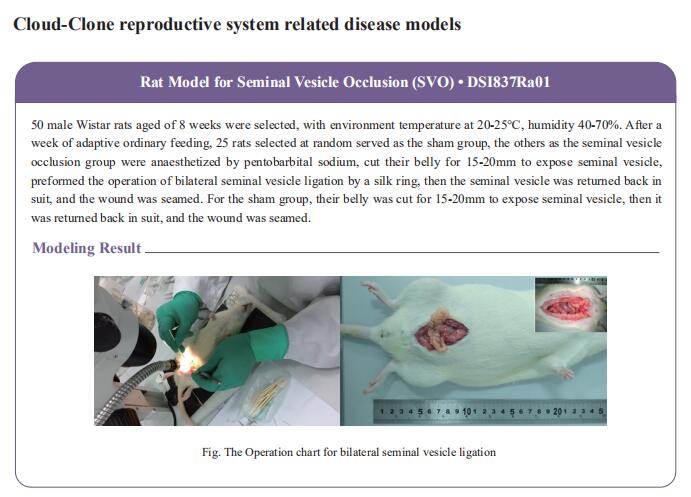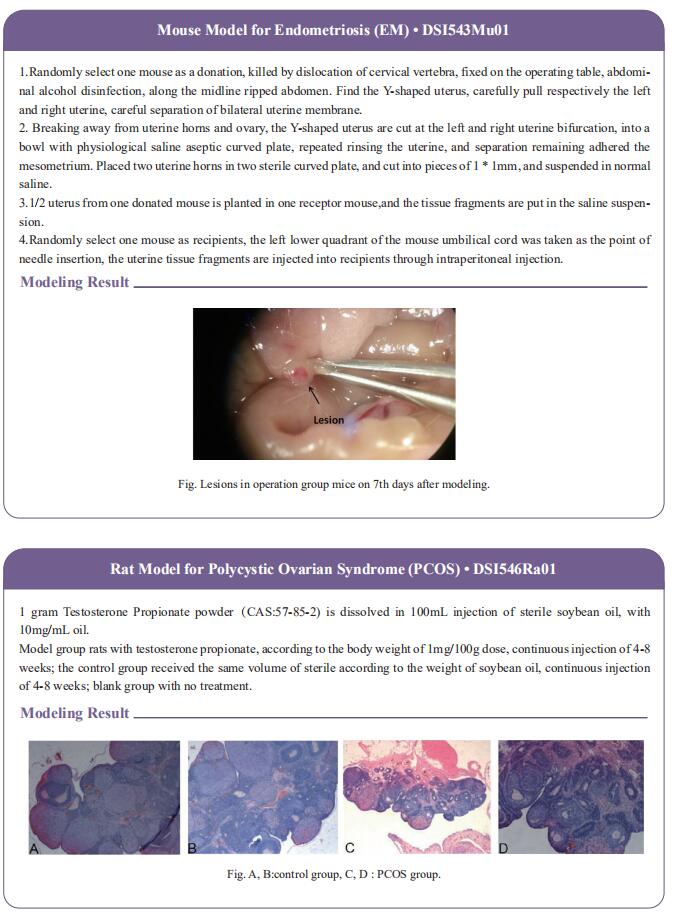Single-cell RNA sequencing reveals the fragility of male spermatogenic cells to Zika virus-induced complement activation
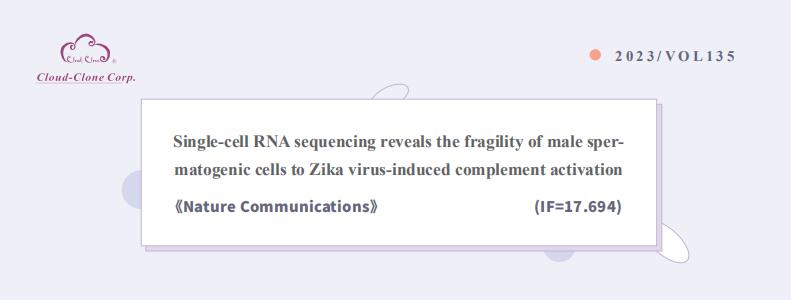
On April 29, 2023, Pei-Gang Wang, Jing An, Department of Microbiology, School of Basic Medical Sciences, Capital Medical University, China, Yong-Tang Zheng, Key Laboratory of Animal Models and Human Disease Mechanisms of Chinese Academy of Sciences, Kunming Institute of Zoology, Chinese Academy of Sciences, China, and his team published a paper titled “Single-cell RNA sequencing reveals the fragility of male spermatogenic cells to Zika virus-induced complement activation” in Nature Communications. They revealed the fragility of spermatogenic cells, especially spermatogonia, to ZIKV infection.

The kits [ELISA Kit for Complement 1q (C1q), SEA747Mu;ELISA Kit for Mannose Associated Serine Protease 1 (MASP1), SEB895Mu;ELISA Kit for Mannose Binding Lectin (MBL), SEB480Mu;ELISA Kit for Complement Factor B (CFB), SEC011Mu;ELISA Kit for Complement Factor H (CFH), SEA635Mu;ELISA Kit for Complement Component 3 (C3), SEA861Mu] of Cloud-Clone brand were chosed in this article, we are so proud for supporting the reaserchers.


Zika virus (ZIKV) is a potential threat to male reproductive health but the mechanisms underlying its influence on testes during ZIKV infection remain obscure. To address this question, we perform single-cell RNA sequencing using testes from ZIKV-infected mice. The results reveal the fragility of spermatogenic cells, especially spermatogonia, to ZIKV infection and show that the genes of the complement system are significantly upregulated mainly in infiltrated S100A4 + monocytes/macrophages. Complement activation and its contribution to testicular damage are validated by ELISA, RT-qPCR and IFA and further verify in ZIKV-infected northern pigtailed macaques by RNA genome sequencing and IFA, suggesting that this might be the common response to ZIKV infection in primates. On this basis, we test the complement inhibitor C1INH and S100A4 inhibitors sulindac and niclosamide for their effects on testis protection. C1INH alleviates the pathological change in the testis but deteriorates ZIKV infection in general. In contrast, niclosamide effectively reduces S100A4 + monocyte/macrophage infiltration, inhibits complement activation, alleviates testicular damage, and rescues the fertility of male mice from ZIKV infection. This discovery therefore encourages male reproductive health protection during the next ZIKV epidemic.

Fig.1 The activation of complement system led to the damage of spermatogenic cells
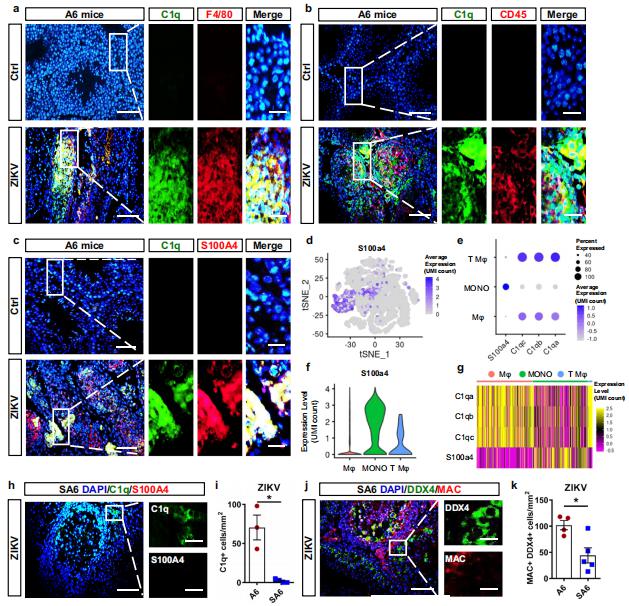
Fig.2 C1q was primarily produced by S100A4+ monocytes/macrophages
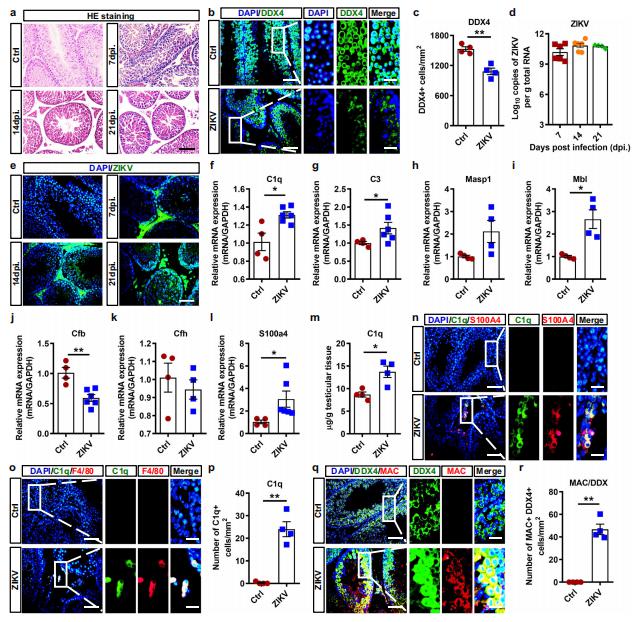
Fig.3 ZIKV-induced spermatogenic cell damage and complement activation in testes from hSTAT2 KI mice
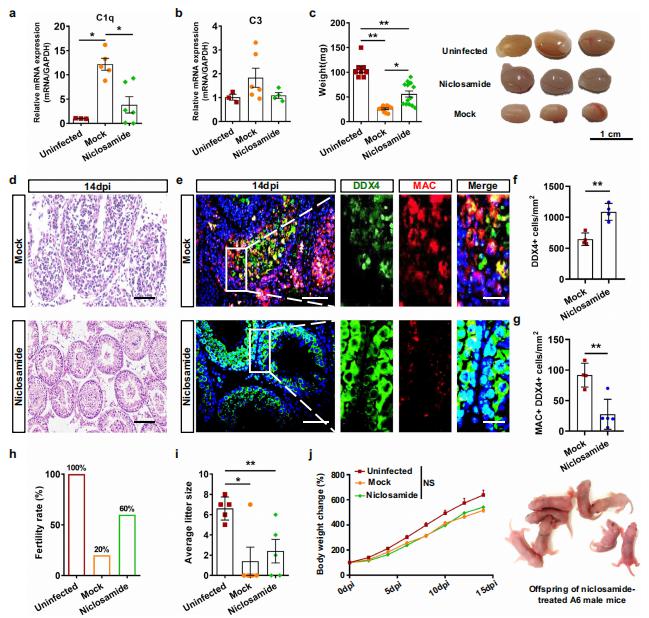
Fig.4 S100A4 inhibitor niclosamide alleviated ZIKV-induced spermatogenic cells damage
